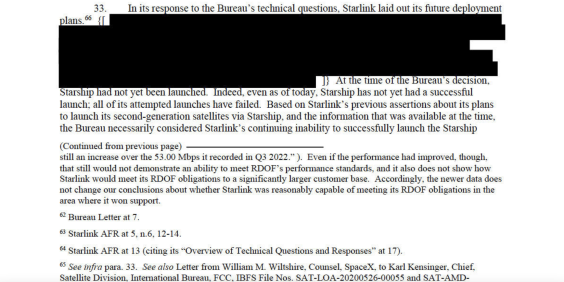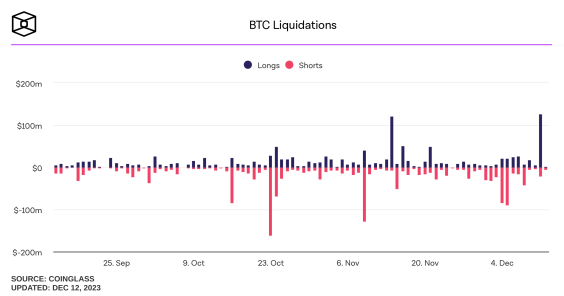This is not investment advice. The author has no position in any of the stocks mentioned. Wccftech.com has a disclosure and ethics policy.
As we inch closer to the launch of Disney's (NYSE:DIS) flagship streaming platform "Disney+" it is pertinent to contemplate the impact of Disney's foray in the SVOD market on the current reigning heavyweight champion Netflix (NASDAQ:NFLX). Founded in Silicon Valley, California in 1997 (yes!) it grew into the largest SVOD provider (and the 7th largest internet company by revenue) and a household name synonymous with internet-delivered television over the course of the next two decades under the watchful eyes of Reed Hastings - CEO since 1998. It has pulled off a remarkable growth story, outlasting both the dotcom bubble and the financial crisis. Although that story has richly rewarded patient investors, Netflix just might be running out of steam.
What's the matter with Netflix?
The crucial event which kicked off the latest round of worry among analysts and investors was the dismal subscriber growth reported in the second-quarter earnings call (covered here). Compared to the guidance (usually very accurate) of 5 million additions, Netflix only managed 2.7 million. This outcome sounded the alarm as to the long-run viability of its breakneck growth - Netflix had added a whopping 18 million subscribers in the previous two quarters. Some analysts contend this is merely seasonal, Netflix has always had difficulty accurately forecasting growth in Q2, on account of easily switching off the account by consumers over the summer. However even taking that into account, this was the largest drop in its 12-year history, year on year.
There is another piece of the puzzle that explains the sudden drop - price rise. Netflix increased the price of its basic package - without 4K streaming - from $10 to $12. Again this was nothing new per se, back in late 2017 Netflix had increased the price by $1 and had continued to see strong subscriber growth into the year. What changed over 2019 is market saturation and the steep hike. Netflix has 90% of the US SVOD market cornered (which is expected to fall to 87% in the current fiscal). The expected drop is indicative of the new reality within the domestic market - that of contraction instead of rapid growth.
Finally, the tremendous burn rate. Netflix has been cash-flow negative for the past 12 months. It is spending extraordinary sums of cash to produce original content and the cost shows an inexorable upward trend. In the first half of the current year, Netflix has spent $6.3 billion already, on track to beat the total expenditure of the last two years at $8.9 billion and $12.03 billion respectively. The company remains profitable, but under a significant debt load of $12 billion (to finance the content pipeline). It has plenty of liquidity on hand with $5 billion in cash reserves and enthusiastic investors - so far.
Enter Disney and Apple
Disney, in particular, is just one more Goliath aiming at Netflix's David. However, it seems the tide is beginning to turn. Whereas in the past it would have been possible to dismiss missing the quarterly guidance as one-off or seasonal, it has assumed greater importance in the current context. Netflix does have a lot to show for the deep investment - it has won the highest count of Emmys for its original programming over the last two years along with HBO. However, on the consumer side, the decision between the various options is going to be more split than ever.
Even though according to Deloitte insights, most consumers have up to 3 subscriptions, with the entry of Disney+ and Apple's (NASDAQ:AAPL) offering in November those slots are going to be hotly contested. Furthermore, Disney's new offering also means the departure of all its content - including the marvel blockbusters - from Netflix's platform. There's a reason to believe Netflix consumers will simply opt for original substitutes and remain brand loyal - but the pressure to depart is the greatest its been in years. There's also concern Netflix's financial position is not healthy - it is already seemingly quite overvalued trading at a P/E ratio (price paid per unit of earnings per share) of more than 100.
The End of Skywalker
So far the original content has been sufficiently lucrative to drive subscriber growth. The model has come to rely on expanding horizontally like a pyramid to support the rising debt. Even at the higher prices, Netflix is fundamentally far below the cost it would need in a more competitive environment where each subscriber is much harder to earn. Without expanding its consumer base Netflix cannot perpetually justify the massive scale of investment into its programming - the trade-off that keeps it aloft. Much like the ride-hailing services Netflix eats the cost of its operations so long as it can purchase ever-increasing market share and crowd out its competitors with the greatest quality and quantity of content - without charging for it upfront.
This is why its recent loss of 126,000 subscribers in the US is so troubling. It shows Netflix is facing difficulty ramping up the cost in an environment where its content is not nearly as lucrative and enticing as it was a year ago and this is in addition to being undercut by Disney's offering at $6.99 for the basic package and $12 for a bundle including Hulu and ESPN+. The same script cannot guarantee the expansion it has seen thus far. Adding fuel to the fire is the makeup of its consumer base and the contribution margin. Over 60% of its paid viewers are international. The share of international viewers has grown over the years whereas the US market has reached saturation. This is not great news as the contribution margin - sales less marketing costs - is only 14% for the international market and 35% for the domestic. This means Netflix needs domestic growth to improve its bottom line - where it is facing its greatest competition and potential for contraction.
Disney and Apple represent a strategic investor in the sector with deep pockets, not only can these behemoths execute the same strategy as Netflix and aggressively steal market share, they can do it for longer and with a smaller impact on their financials. If Netflix is not careful it might go the way of the Dodo like Uber's and Amazon's international competitors - even when in their home jurisdiction they had the first mover's advantage. Perhaps the investor's feared the same when Netflix's share price had fallen over 15% till July after its second-quarter earnings call. The strong position of its rivals prompted Peter Csathy, founder of Creatv Media to say "Bob Iger always said that Disney+ is his top priority for 2019" and further "He has kicked his entire global multi-tentacled marketing machine into gear to demonstrate just how serious he is. Yet another reason for Netflix shareholders to duck, cover and hold".













